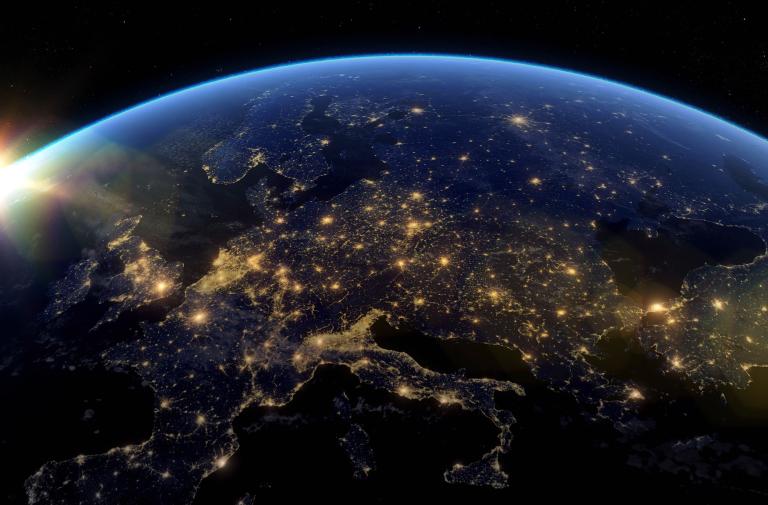Additionally, the European Commission began talks with ally Australia in September to explore a possible association agreement with Horizon Europe, holding technical discussions that could lay the foundation for potential development negotiations. The EU has had a history of collaborating with the country, based on a 1994 cooperation agreement on science and technology that continues to set bilateral research collaboration priorities.
“The Exploratory talks will focus on Australia’s possible association to Pillar II of Horizon Europe—which includes research collaboration on key priorities such as industry, digital and space to enhance industrial competitiveness, renewables energy to promote the transition to net zero and health for the wellbeing of our citizens,” the European Commission stated in a September 10 release.
The association agreement would enable Australian researchers to receive funding directly from the program and lead projects. Australia would also contribute financially to the Horizon Europe effort.
Already, more than 20 countries have an association agreement with Horizon Europe, including Canada, Korea, New Zealand, the United Kingdom and Ukraine. The United States does not have such an agreement.
“Horizon Europe drives breakthroughs at a scale nobody can achieve alone,” Zaharieva stated. “[The] Association would enable Australia to take part directly in that effort and contribute its scientific excellence to global challenges.”
The organization claims that each euro invested in the Horizon Europe program will generate up to €11 in gross domestic product gains through 2045.
The first phase of Horizon Europe featured more than 15,000 projects (as of January 31, 2025) with €43 billion of funding. Given the global COVID-19 outbreak, the organization adapted and funded pandemic-related research and capabilities.
Other program areas of note in the first phase included smart networks and services; high-performance computing; key digital technologies; next-generation internet; AI; data; robotics; photonics; Earth observation and other space technologies; “Made in Europe” efforts and a cross-platform called the European Open Science Cloud.
For example, Horizon Europe provided funds toward the EU’s new Space Programme, which includes the existing European Global Navigation Satellite System (EGNSS), the Copernicus constellation, space situational awareness capabilities and secured government satellite communications, or GOVSATCOM. The funds also aim to develop Cassini, a space entrepreneurship ecosystem, and cross-cutting space technologies that support in-orbit validation and demonstration services, space science and missions.
“[We will] continue to support the evolution of space and ground infrastructures for the two EU flagship constellations Galileo and Copernicus, and foster the evolution of EGNSS and Copernicus services,” the commission stated in its 2025 Rolling Plan. “[We will] contribute to the development of innovative downstream applications, including by combining EGNSS and Copernicus services with other services, and develop innovative space capabilities for space situational awareness, GOVSATCOM and pave the way for quantum technologies in EU space infrastructure.”
For the 2028-2034 Horizon Europe effort, leaders are now conducting interinstitutional negotiations with the European Parliament, Council and the whole Commission, about the program’s planned budget allocations.
“Our mission is clear: to prepare a bright future for science and innovation,” Zaharieva stated. “With that in mind, we will enshrine scientific freedom into European law. We will improve research careers, and we will tackle the persistent obstacles faced by women in science.”
